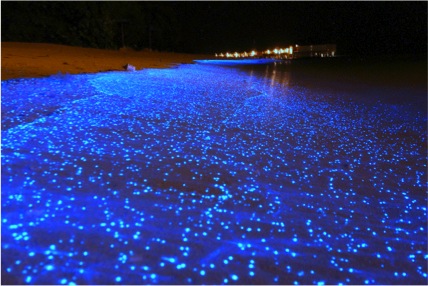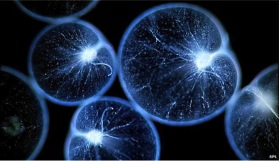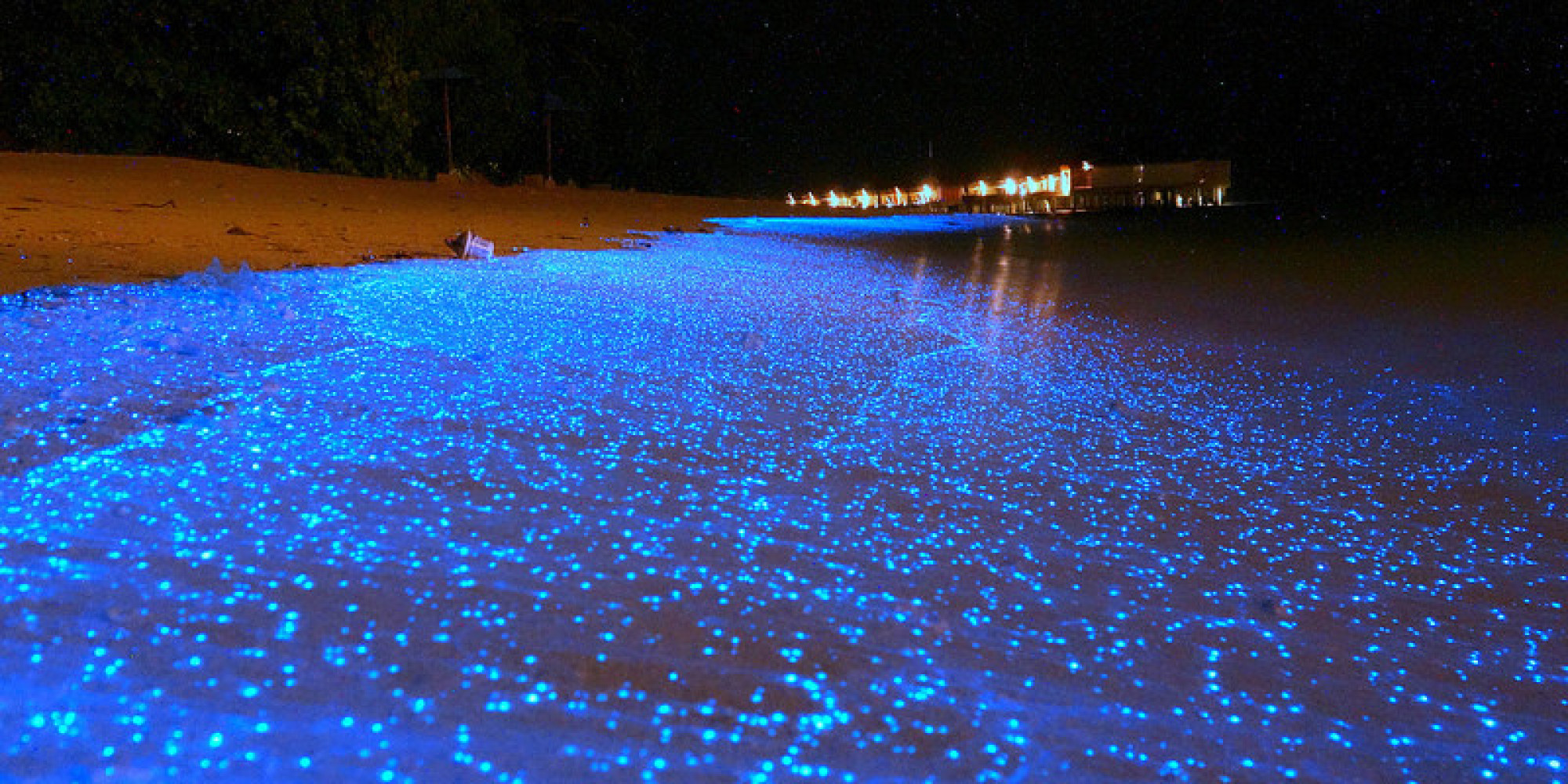WEST LONG BRANCH, NJ – Looking for a secret paradise to spend a week or two, to get rid of those graduation blues? Take a trip to the Sea of Stars located on the Vaadhoo Island, Maldives. You will probably find this destination on the bucket list of divers, sun worshippers and honeymooners of the world. It has innumerable coral islands carrying incredible beauty that are worthy of praise.
One such island is the Vaadhoo Island, nestled in idyllic natural settings. This magnificent island is quite literally heaven on Earth; such a place can render the most skilled poet short of words.
One of the most magical aspects of the Vadhoo Island is at night, the beaches glow a light blue color and twinkle like a reflection of the stars.

The natural phenomenon was captured by Taiwanese photographer Will Ho, who posted pictures of what he thought was ‘blue sand’ to Flickr. The surreal appearance of the Maldives beach was actually down to a massive tide of bioluminescent phytoplankton called Lingulodinium polyedrum. The tiny organisms emit light when stressed, be it by the lapping of waves, the carving action of a surf board, creating what looks like a network of stars. They contain luciferase, a chemical that has the ability to create a unique biological light. This reaction is similar to the way a firefly uses to attract mates or prey.
Director Ang Lee used this famous spectacle in his filmLife Of Pi, by using the phytoplankton to illuminate his protagonist who was lost at sea. Unsurprisingly, it helped him on the way to an Oscar for the movie’s visual effects.
What a breathtaking display of nature’s unexpected exquisiteness! It seems as nature has decorated itself with fluorescent lights. As the waves lap the shore, the environment lights up like Las Vegas. “The first time I laid eyes on the beach I couldn’t believe that it was real,” said Jack Henning a honeymooners visiting the Maldives. “My wife and I actually ended up staying an extra night on our honeymoon because it was such a romantic spot, we needed to see the beach of stars again.”
What is Bioluminescence?

Bioluminescence is the capacity of an organism to emit light. It is one of nature’s most happening and amazing phenomena. Bioluminescence is used to distract predators by preventing them from feeding and disrupting their swimming behavior. It may also be used to attract animals that feed on the predators. Other than these, there are many animals that are bioluminescent like fireflies, anglerfish and jellyfish. Turning on these bright lights can cause other animals to move away and can even permanently damage their sight organs. Various species of phytoplankton are known to bioluminesce, and their lights can be seen in oceans all around the world, said marine biologist and bioluminescence expert Woodland Hastings of Harvard University.
“I’ve been across the Atlantic and Pacific, and I’ve never seen a spot that wasn’t bioluminescent or a night that [bioluminescence] couldn’t be seen,” said Hastings.
It is also a survival advantage for the deep-sea creatures by helping them find food, assist in their reproductive process and provide them with a defensive mechanism. Bioluminescent phytoplankton’s rely on the ocean currents to travel through water. If their growth goes out of control, then it can result in forming harmful algal blooms (HABs), which are extremely toxic compounds and are harmful to other fishes, mammals, birds and even people. Their abundant growth can also consume oxygen that can threaten the survival of other species in the area. Even though these little phytoplankton may create a gorgeous back drop to your vacation, it comes at a price! If you are able to experience this amazing phenomenon in person, you are one of the lucky few.
This magical display takes place during the earlier weeks of February and the entire month of July. The bad news, if you are not around for those two months out of the year, the Maldives are just considered your typically normal paradise. The good news, many other beaches around the globe are known for having this phenomenon, and can be found in Australia, Jamaica, Puerto Rico, California, and Florida. Even New Jersey has been known to have these brilliantly bright bioluminescent creatures. If you’re ever in the area to witness this, don’t forget that you’re experiencing one of natures natural marvels.




